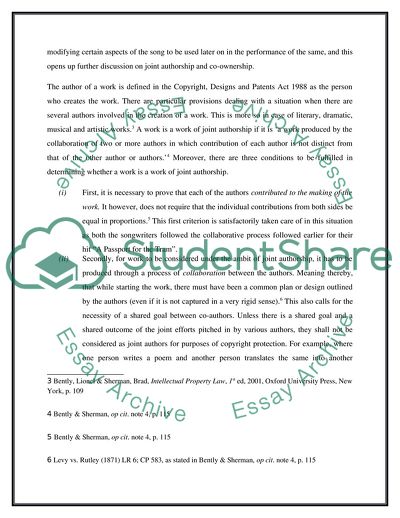Cite this document
(The Idea-Expression Dichotomy Case Study Example | Topics and Well Written Essays - 2426 words, n.d.)
The Idea-Expression Dichotomy Case Study Example | Topics and Well Written Essays - 2426 words. Retrieved from https://studentshare.org/law/1740798-ip-law-question-1
The Idea-Expression Dichotomy Case Study Example | Topics and Well Written Essays - 2426 words. Retrieved from https://studentshare.org/law/1740798-ip-law-question-1
(The Idea-Expression Dichotomy Case Study Example | Topics and Well Written Essays - 2426 Words)
The Idea-Expression Dichotomy Case Study Example | Topics and Well Written Essays - 2426 Words. https://studentshare.org/law/1740798-ip-law-question-1.
The Idea-Expression Dichotomy Case Study Example | Topics and Well Written Essays - 2426 Words. https://studentshare.org/law/1740798-ip-law-question-1.
“The Idea-Expression Dichotomy Case Study Example | Topics and Well Written Essays - 2426 Words”, n.d. https://studentshare.org/law/1740798-ip-law-question-1.


